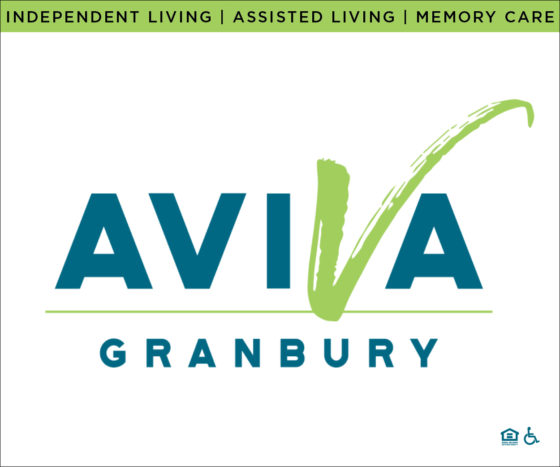By Ken Keller
I have long believed that if you are not growing, you are dying. This applies to both individuals and organizations.
Before the Great Recession, I met owners who had the “Goldilocks Mentality,” which is to say, they had created and built an organization that was “just right.”
Most of those folks are now out of business. They failed to grow their business when times were good, and suffered when times were bad.
If you want to grow your business, you have to grow personally and professionally as the owner and leader. You also need to invest in your people; you need to help them grow too.
I’ve heard owners say, “Our employees are our most important asset,” but do they act with that belief?
I know owners who shun investing in their people out of fear that, once the investment is completed, the employee will leave, and their next employer (often a competitor) will reap the return on investment.
That kind of thinking will keep a company small, regardless of revenue size or headcount. The employees who leave were already planning on moving on; the education provided would have been paid for by you or their next employer, regardless.
Then there are owners who believe that employees should take the burden of development and improvement solely on themselves. Those few employees that rise to this challenge usually end up competing against their former employers.
Imagine the positive impact of having smarter, more productive, more engaged employees in return for investing in their growth.
Which leads to the question, “What are you doing to help your people grow?”
My friend Dave Baney, founder of 55 Questions in Chicago, recently highlighted a story in Fortune magazine with the publication of its list of “100 Best Companies to Work For.” These companies make a priority to invest in their employee’s development and have historically grown nearly twice as fast as the S&P 500.
The companies listed in the Fortune magazine provided on average 78 hours per year of training for Manager and Professional level people, and 94 hours for Hourly and Administrative people. This is equal to two weeks of development, education and training each year for every employee.
There are plenty of reasons why an investment in training and developing employees might not take place. There is always a question of cost, concern about coverage of essential operations, and doubt about the return on investment.
When I sat down to write my column this week, I had intended to write about the top 20 risks facing every company. The first thing on my list was if the electricity went out for more than an hour or two; and the second was what if every computer in the company was infected by a hacker or virus, which is what essentially happened to Sony Pictures just a few months ago.
The funny thing is that every owner I know is willing to make annual investments in MRO (Maintenance, Repair and Operations) of equipment and facilities because those are tangible things that are clearly visible and understood to be “mission critical” to daily operations of the company.
Without these things, the company would be out of business.
But each day that goes by that you do not invest in your employees, they are becoming more replaceable by someone who is at the top of their game and can make an immediate impact from Day One on your payroll.
The problem is that the hotshot at the top of their game is going to cost you a lot of money to recruit. And the cost will go up each year to retain him or her.
Instead of hiring superstars, create your own. Making the investment in your people is the wisest investment you can make in your company. This is critical to your short-term and long-term success and viability as a business.
Ken Keller is a syndicated business columnist focused on the leadership needs of small and midsize closely held companies. Contact him at [email protected]. Keller’s column reflects his own views and not necessarily those of this media outlet.













